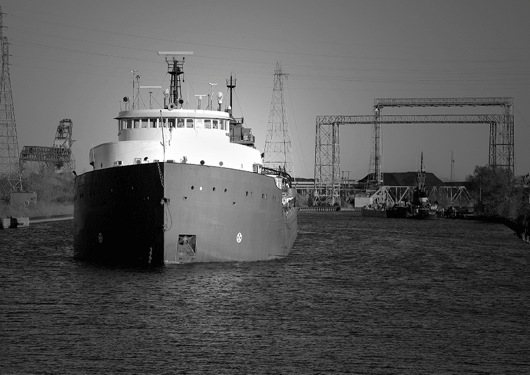
Visit Our Sponsors |
|
|
|
|
|
|
|
|
|
|
|
|
|
|
|
|
|
|
|
|
|
|
|
|
|
|
|
|
|
|
|
|
|
|
|
|
|
|

Andrew Foxcroft, editor of the Container Census, says, "Growth in 2012 was dented by the stubborn presence of more than 500,000 TEU of newbuild equipment awaiting collection from factories. As a result, the average monthly rate of new container pick-up was lower than in 2011, even though the surplus never rose as high as the 900,000 TEU averaged throughout the middle part of 2011.
"Fleet growth topped 8 percent in 2011, and was more than 7 percent in 2010, when container demand went from being ultra-strong to relatively weak in the space of less than a year. In 2010, the uptake of new (and used) containers had rocketed after the collapse of 2009, although it subsequently weakened again from early in 2011 as peak-season demand failed to materialise as strongly as had been predicted earlier. This fluctuation had a dramatic impact on new dry freight container prices, which soared to a 20-year high during 2010-11 before coming down again late in 2011."
Dry freight prices also rose sharply during the opening half of 2012, before falling back by the fourth quarter to much the same level as one year earlier. However, the peak of 2012 was not as high as had occurred earlier in 2010-11, so there was less price variation for the year overall. The present outlook suggests that there may be still less price fluctuation during 2013, while container uptake - and fleet growth - is expected to stay relatively weak.
A key problem is that the existing newbuild stockpile (which did not change much in 2012) has risen again in early 2013, to top one million TEU by the second quarter. This is even higher than in 2011, and is already choking off demand. The annualised price level is also forecast to fall further in 2013, possibly to $2,400 per CEU (capital equivalent unit - a cost measure per TEU), which would be its lowest point since 2008-09. By comparison, this price measurement attained its highest level, of $2,700, in 2011 and averaged $2,500 for 2012. End-year pricing, however, is forecast to hold steady as it is expected to stay in the $2,300-2,350 range.
As with 2012, 1.6 million TEU will be added to the fleet in 2013. In 2012, the delivery rate was more evenly balanced through the year, while a greater share went to cover replacement than in either 2011 or 2010. Much the same is being forecast for 2013.
Shipping lines have therefore managed to lock in many of the gains in container productivity made since 2009-10, with little indication that the container-to-slot ratio will rise to its former level of 2:1 in the near future. The lines' introduction of slow steaming, from 2010 onwards, is thought to have had an impact on container usage, by driving up utilisation for the world box fleet as a whole. This is still calculated at more than 95 percent (excluding idle newbuild) and compares with a longer-term global average nearer to 90 percent prior to the upheaval of 2009.
Source: Drewry Maritime Research
RELATED CONTENT
RELATED VIDEOS
Timely, incisive articles delivered directly to your inbox.






